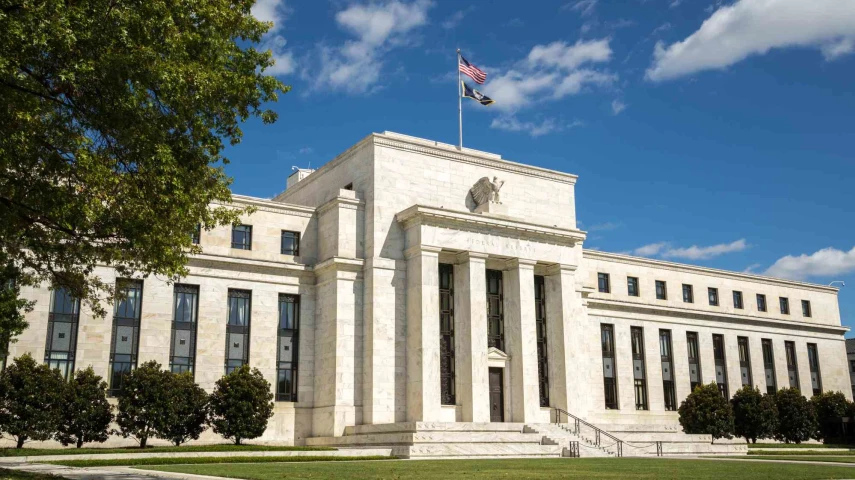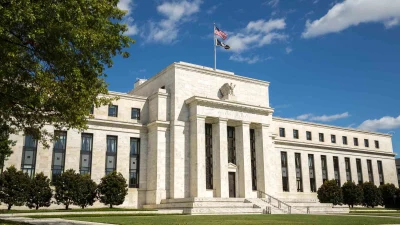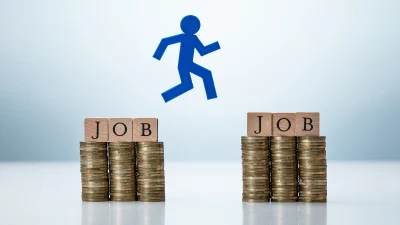US debt ceiling setback rattles markets



Protracted negotiations to raise the US debt ceiling have rekindled fears of a default and a deeper-than-expected recession.
US President Joe Biden failed to reach an agreement with Republican congressional leaders during a meeting last week, curbing hopes of a resolution over the past weekend.
Republicans had refused to raise the US$13.4 trillion until the White House committed to slashing government spending.
The setback at the meeting on 19 May rattled markets with the ASX 200 dipping 20 points when trading opened on 22 May.
NAB currency strategist, Rodrigo Catril, said protracted debt ceiling disputes were not unprecedented, but noted time was running out for the White House and Republican leaders.
“We’ve been here before, but certainly in terms of market reaction, it did affect or create a little bit of volatility in equities and REITs markets,” he said. “And of course, that deadline is approaching soon.”
The US Treasury had previously stated the government would be at risk of defaulting on its debt by 1 June 2023; however, Secretary Janet Yellen recently claimed the White House could hold out until 15 June.
“…maybe these negotiations will linger for a little bit longer, because as we know, in terms of history, a deal typically tends to be done at the [edge] of the cliff,” Catril added.
“Maybe there’s a couple of weeks here where political players can play a little bit before resolution.”
According to AMP Capital’s chief economist, Dr Shane Oliver, there was a 15 per cent chance of a debt default.
“It’s a significant risk but not the base case,” he said.
“…President Biden doesn’t want to cut spending as it will add to recession risk ahead of next year’s presidential election and go down badly with progressive Democrats.
“But Republicans want to try and slow the economy down. So, some sort of compromise will be required.”
Ultimately, Oliver continued, raising the debt ceiling would provide short-term relief for share markets, but any further cuts to government spending could leave equities vulnerable to a sharper-than-expected recession.
“In the 2011 debt ceiling debacle, the US share market fell 4 per cent ahead of the deal to raise the debt ceiling but 13 per cent afterwards,” he observed.
Fed chair hints at rate pause
Amid growing market instability and mounting evidence of tighter credit conditions, Fed chair Jerome Powell has raised hopes of a pause to the monetary policy tightening cycle in June.
On 19 May, he told an audience at a conference in Washington that the Fed may need more time to assess the “lagged effects” of 500 basis points in tightening in just over a year.
“…our guidance is limited to identifying the factors we’ll be monitoring as we assess the extent to which additional policy firming may be appropriate to return inflation to 2 per cent.
“The risks of doing too much or doing too little are becoming more balanced and our policy adjusted to reflect that.”
He said the Federal Open Market Committee was yet to make a determination ahead of its next meeting.
However, reflecting on Powell’s comments, NAB’s Catril said the next monetary policy move would depend on data releases over the next few weeks.
“There’s still data coming through, so this is all conditional on how the data prints,” he said.
The next inflation indicator is scheduled to be published on 12 June.
Recommended for you
AUSIEX has announced it will acquire FIIG, a specialist fixed income provider with $4.5 billion in funds under advice.
Platinum Asset Management has announced it is in discussions with a global alternatives fund manager regarding a possible merger to create an $18 billion firm.
Frontier Advisors has bolstered its Japanese footprint through a partnership with the $350 billion asset management arm of Nippon Life Insurance Company.
JP Morgan Asset Management has appointed an ETF specialist from Vanguard as it seeks to expand its ETF range.















